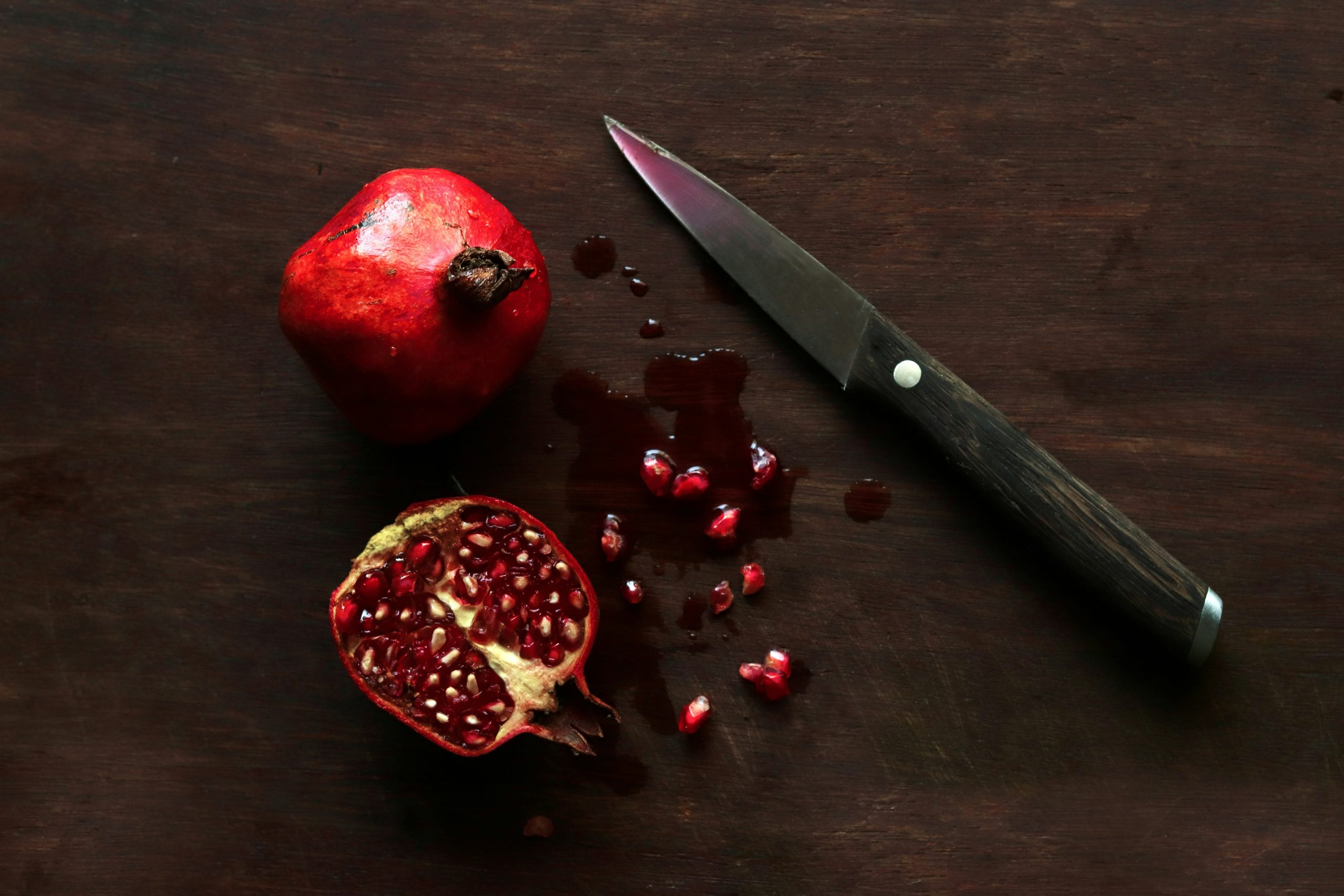Knife Skills Mastery: Professional Techniques Every Home Cook Needs
If you’ve ever watched a professional chef in action, you know that they handle a knife with immense precision and skill. They chop and dice with ease, creating perfectly uniform pieces of food in a matter of seconds. It’s truly mesmerizing to watch. And as a home cook, you may find yourself wondering, “How do they do that?” The answer lies in mastering fundamental knife skills. In this article, we’ll dive into the world of knife skills mastery and explore the professional techniques that every home cook needs to know.
The Importance of Knife Skills
Before we delve into the techniques, let’s first understand why knife skills are so essential for cooking. The way you cut your ingredients can significantly impact the texture, flavor, and appearance of your dish. Imagine trying to enjoy a bowl of soup with large, uneven chunks of vegetables. It wouldn’t be a pleasant experience. On the other hand, if the vegetables were uniformly diced, it would create a more enjoyable and satisfying eating experience.
Aside from aesthetics, proper knife skills also save time in the kitchen. With the right techniques, you’ll be able to tackle prep work more efficiently, making the cooking process smoother and more enjoyable. Plus, when you know how to handle a knife, you reduce the risk of accidents and injuries, which is crucial for both professional and home cooks.
Choosing the Right Knife
Before we get into the techniques, it’s essential to have the right tools. A chef’s knife is the most versatile and essential tool that every home cook needs. It’s typically 8-10 inches long and has a broad, slightly curved blade, making it great for slicing, dicing, and chopping a variety of ingredients.
When choosing a chef’s knife, look for one with a comfortable grip and a sturdy blade. You also want to make sure it feels well-balanced in your hand. Don’t be afraid to try out a few different brands before making a purchase; a good knife is an investment and worth the extra time and money.
Holding the Knife
Properly holding a knife is the first step to mastering knife skills. The most common grip used by professional chefs is called the “pinch grip.” To use this grip, place your thumb and index finger on either side of the blade, just above the handle. Use your other fingers to wrap around the handle, creating a secure grip. This grip gives you more control and allows you to guide the knife’s motion more precisely.
Another grip commonly used is the “handle grip,” where you hold the handle with all five fingers. This grip is not as stable as the pinch grip and should only be used for larger and heavier knives.
The Techniques
1. The Rock Chop
The rock chop is the most common technique used for dicing and chopping vegetables and herbs. To do this, hold your knife with the pinch grip and place the tip of the knife on the cutting board. Then, lift the back of the knife slightly off the board and rock it back and forth, using a downward and forward motion. As you chop, keep the tip of the blade on the cutting board and guide the food towards the blade with your non-dominant hand.
2. The Horizontal Slice
The horizontal slice is an essential technique for cutting thin slices of food, such as garlic or ginger. Hold your knife with the pinch grip and place the tip of the blade on the cutting board. Then, glide the blade in a horizontal motion across the ingredient while applying a slight downward pressure. Use your non-dominant hand to hold the ingredient steady.
3. The Diagonal Cut
The diagonal cut is another technique used for dicing food. Hold the knife at a 45-degree angle to your cutting board with the pinch grip. Then, slice the ingredient in a diagonal motion, moving the blade back and forth to create small cubes. This technique is perfect for ingredients like onions and bell peppers.
4. The Thin Slice
The thin slice is a useful technique for creating paper-thin slices of food. Hold your knife with the pinch grip and place the blade horizontally on the cutting board. Then, using a gentle sawing motion, slice the food while moving the blade back and forth. This technique is ideal for food like tomatoes and cucumbers.
5. The Batonnet Cut
The batonnet cut is used for creating long, rectangular cuts of food. Start by cutting your ingredient into long, thin slices. Then, stack the slices and cut them into even strips. This technique is perfect for creating fries or matchstick-cut vegetables.
Practice Makes Perfect
Mastering knife skills takes time, practice, and patience. It’s essential to stay focused and avoid distractions while handling a sharp knife. Start by practicing on easy ingredients like onions and potatoes, and work your way up to more challenging foods. Remember to keep your knife sharp, clean and always use a cutting board to protect your countertops.
Conclusion
Knife skills mastery is a crucial aspect of cooking that every home cook should strive to achieve. Proper knife techniques not only enhance the appearance and flavor of your food, but they also make cooking more efficient and safer. With the right tools, grip, and techniques, you’ll be well on your way to becoming a professional in the kitchen. So, grab your chef’s knife and start practicing! Happy cooking!










